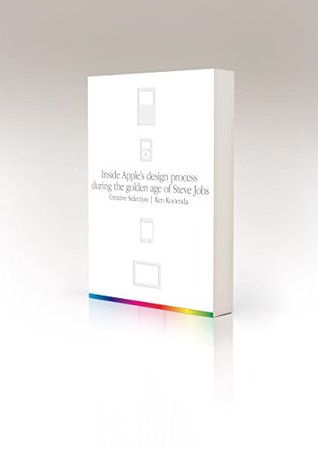More on this book
Community
Kindle Notes & Highlights
by
Ken Kocienda
Read between
October 5 - October 6, 2018
We were always so focused on the next demo, the next review session, the next time we were scheduled to show progress to Steve. Our iterative working method was like the air—something all around us all the time, something we were always aware of on some level, something it didn’t make sense to question. Yet we took our approach for granted more
Detached high-level managers making all the key decisions is such a widespread affliction that it has its own internet meme, the Seagull Manager. It describes a top executive who is rarely around but flies in occasionally and unexpectedly from who knows where, lands on your beach, squawks noisily, flaps its wings all over the place, launches itself back into the air, circles overhead, drops a big poop on everyone, and then flies away, leaving the rest of the team to clean up the mess, figure out what it all meant, and wonder what to do about the inevitable followup visit.5
These kinds of anti-patterns can prevent creative selection from functioning correctly, since they block the steady accumulation of positive change while developing a product. They’re not the only ways the process can break down. You could build and release products without ever living on them to see if they’re any good, as we did with Nautilus and our online services at Eazel.
If I extend the Darwinian metaphor, then creative selection was supplemented by the selection pressures we created to help shape our progress from demo to demo, in the phase of deciding what to vary. From its beginnings, Apple always had a characteristic sense of what to select for, a viewpoint on which ideas were strong, and this helped to define the conditions under which the creative selection process unfolded. In the next chapter, I’ll describe this aspect of Apple-style product development in more detail.
Acting directly on an object produces a result, and there’s a constant flow of sensory feedback—visual, tactile, auditory—to help you monitor your progress.
Heuristics and algorithms are like two sides of the same coin. Both are specific procedures for making software do what it does: taking input, applying an operation, and producing output. Yet each had a different purpose.
This is where that word, “eureka,” actually figured into our development process, since good heuristics don’t come in brilliant flashes, but only after patient searches, and it wasn’t always clear to us that we had found the right heuristic even when we had. We arrived at our final decisions only with judgment and time. Heuristics are like this. They’re subjective.
The first part is the demo-making creative selection process. Adding it to the concept of working at the intersection, I can enhance my description of how we created variations as we developed a product.
A small group of passionate, talented, imaginative, ingenious, ever-curious people built a work culture based on applying their inspiration and collaboration with diligence, craft, decisiveness, taste, and empathy and, through a lengthy progression of demo-feedback sessions, repeatedly tuned and optimized heuristics and algorithms, persisted through doubts and setbacks, selected the most promising bits of progress at every step, all with the goal of creating the best products possible.


